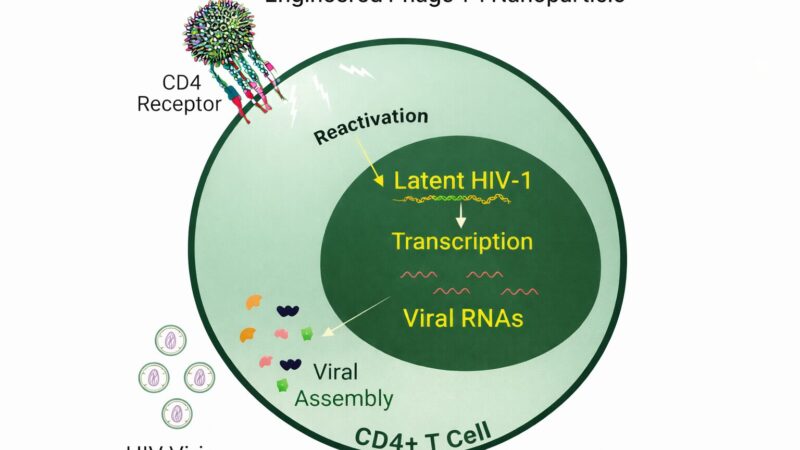Passing through several waves of the deadly pandemic brought the human race into consideration of doing extensive research on vaccines. It is no doubt that they are very crucial components in controlling and eradicating disease outbreak. Different technologies have so far been developed to manufacture and administer these substances to the human body. Vaccines work by mimicking the real antigen in eliciting immune response without causing a disease (Taking into account that some people may experience temporary discomfort just after taking the jab). There have been a number of modifications done to improve the efficiency in eliciting an immune response and minimizing the side effects of the substances incorporated into vaccines. Conjugate vaccine technology uses weak and strong antigens so that many antibodies will be stimulated against a weak antigen. Carrier is very important in this technology and it’s a strong determinant of successful vaccination although only a few of them are available for clinical application. Bacteriophages are among the particles used as conjugation substances (carriers).
A study done by Sungsuwan et al (2022) revealed that having structurally modified bacteriophages provided better conjugation compared to wild ones. The study was purposely aimed at developing a better carrier that will elicit less immune response compared to the target antigen. Researchers designed novel mutants of bacteriophage Qβ (mQβ) and prepared a conjugated with tumour-associated carbohydrate antigens (TACAs). This combination produced very powerful antigen (TACAs) specific antibodies (IgG) and less for the carrier mQβ compared with the wild type bacteriophage Qβ and antigen conjugation which performed poorly. Using mice induced with an aggressive form of breast cancer, researchers reported 100% mortality just within 12 days for unimmunized subjects while 80% of the immunized ones were reported to be free of tumour. In addition, the mQβ based conjugate vaccine was reported to induce high levels of IgG antibodies against peptide antigens from the SARS-CoV-2 virus. This technology may play a big role in shaping the development of vaccine carriers.
Phages have as well been used to make vaccines by displaying the antigen on their surfaces (Read more about phage-based vaccines here)
References
- Sungsuwan, S., Wu, X., Shaw, V., Kavunja, H., McFall-Boegeman, H., Rashidijahanabad, Z., … & Huang, X. (2022). Structure Guided Design of Bacteriophage Qβ Mutants as Next Generation Carriers for Conjugate Vaccines. ACS Chemical Biology.
- Zhao, J., Hu, G., Huang, Y., Huang, Y., Wei, X., & Shi, J. (2021). Polysaccharide conjugate vaccine: A kind of vaccine with great development potential. Chinese Chemical Letters, 32(4), 1331-1340.




Leave a Reply
You must be logged in to post a comment.